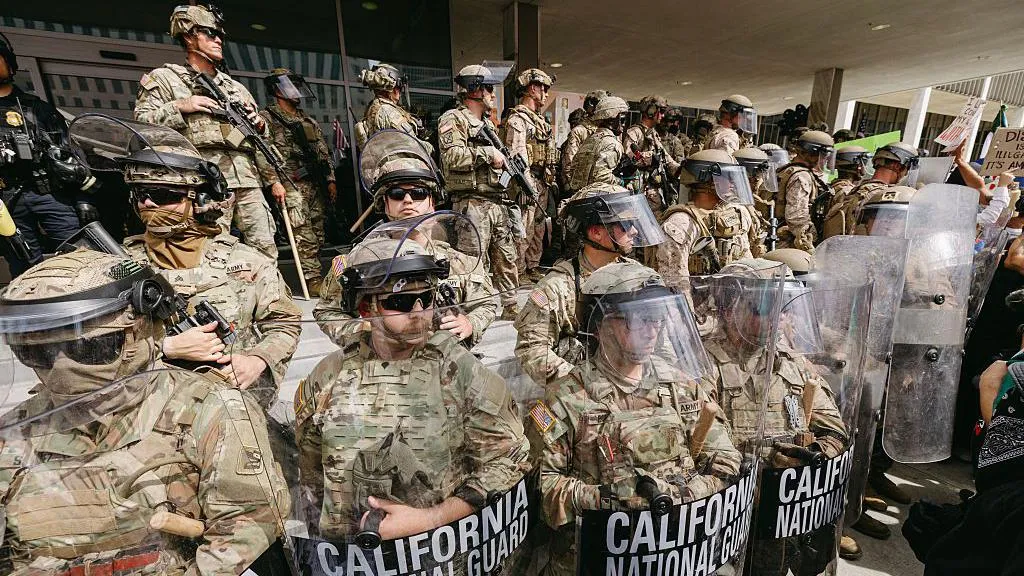
This article is more than
8 year old'A real potential for loss of life and injury': Why Houston didn't evacuate
Devastating floods wrought by the torrential rains of Harvey have forced the mayor of Houston to defend his decision not to order evacuations of the region before the historic storm hit.
But evacuating an area that size is a significant challenge that may cause more problems than having residents stay put.
"You can sit down and say 'Everybody leave town,' but mass evacuations like that have their own hazards attached to them," said Patrick O'Neil, director of the Emergency Services Program at the University of Nebraska at Omaha.
"You're talking about an extraordinary high-density population, so you're talking about millions and millions of people, and to order mandatorily that all these people leave — where are they going to go?"
- Thousands driven from homes as Harvey hammers Houston
- In San Antonio, faith out-willed Harvey's wrath
- Hurricane could hike gas prices by 15 cents in Canada
Days of rain have caused massive, widespread flooding in the Houston area, as rescuers continue plucking people from the floodwaters.
More than 17,000 people were in shelters across Texas as of Tuesday afternoon, officials said, with Federal Emergency Management Agency (FEMA) director Brock Long forecasting that more than 30,000 people would eventually need to be placed temporarily in shelters.

Meanwhile, The Associated Press reported that with floodwaters reaching the rooflines of single-storey homes, people could be heard pleading for help from inside.
'Creating a nightmare'
But Houston Mayor Sylvester Turner has defended his decision not to issue mandatory or voluntary evacuations from the area. Putting 6.5 million people on the road would be "creating a nightmare" and is "asking for a major calamity," Turner said in a news conference Sunday.
Attempting an evacuation on that scale, without proper co-ordination, would put people in harm's way and create a far worse situation, Turner said.
O'Neil agreed that creating traffic gridlock on these roads just before they flood would be devastating. "Now you're talking about a real potential for loss of life and injury."

There would also be challenges of moving vulnerable populations, people with medical problems or those who don't have the financial resources or available transportation to leave, he said.
He said the storm itself was extraordinarily atypical — a hurricane followed by a large, lingering storm system that caused massive flooding, making it difficult for officials to prepare a course of action.
"I'm not overly critical of what's happened so far," O'Neil said.
Caught off guard?
But Ali Asgary, associate professor of disaster and emergency management at York University, said he believes Houston officials were caught off guard, and could have evacuated some of the worst hit areas in the lower regions.
"Even if they didn't want to evacuate the whole region, they could at least have evacuated those areas that were most at risk based on data analysis and based on their own emergency plan."
He said the mayor's point about the dangers of putting 6.5 million people on the road describes "the very worst-case scenario," which really doesn't apply here.

Some areas could have been put under mandatory evacuation while others were under voluntary evacuation, he said.
The evacuation plan implemented during the fires of Fort McMurray was successful because officials were prepared, he said.
Certainly, Fort McMurray is a much smaller area, with a much smaller population. Evacuees were easily absorbed in other communities and found refuge at relatives' homes or were hosted in cities including Edmonton and Calgary.
Asgary said he agreed it would have been difficult to have reception centres organized for millions of evacuees from Houston.
Still, cities with large populations need to be prepared, he said.
"When we deal with a large case, of course we know that it's complex but it also shows a lack of sufficient planning," Asgary said. "They should have expected, in my view, at some point Houston would be impacted by a hurricane of this magnitude."
Madhu Beriwal, president and CEO of IEM, a global security consulting firm, said that local officials tasked with the decision would be mindful of past evacuation orders.
Lessons from Hurricane Rita
In 2005, with Hurricane Rita set to strike the Houston area weeks after Hurricane Katrina had devastated New Orleans, officials did not want to take chances. They ordered mandatory evacuations, prompting more than three million people to flee from the region.
But the result was massive traffic gridlock, with people stranded on highways for up to 24 hours. Dozens died from heat stroke and car accidents. Meanwhile, the storm ended up bypassing the evacuated areas.
"So those sorts of calculations, understanding the psyche of the community, understanding the traffic implications of that, understanding the viability of being able to do evacuations, all of those factor into figuring out should we order an evacuation or should we not," Beriwal said.
But the debate over whether there should have been an evacuation order must be left for another day, she said.
"Right now it's really important we rescue all the people that need to be rescued."
With files from The Associated Press, Reuters



